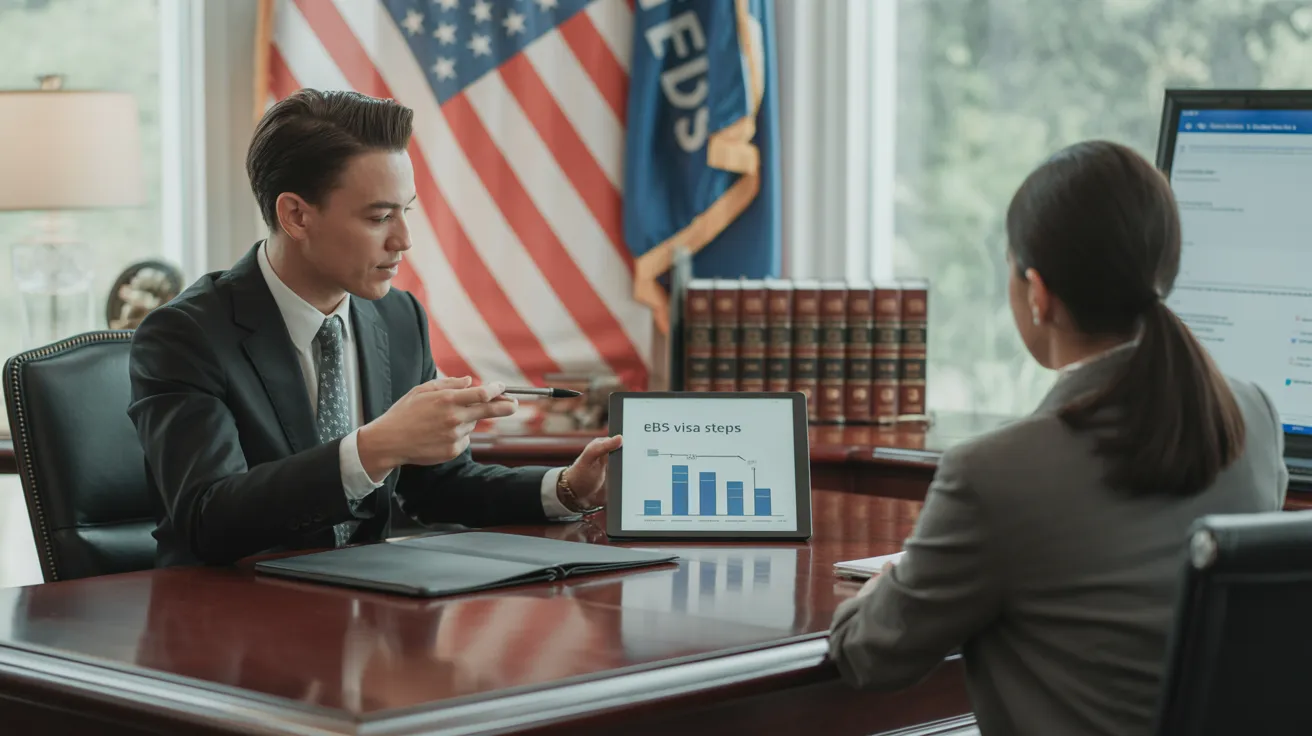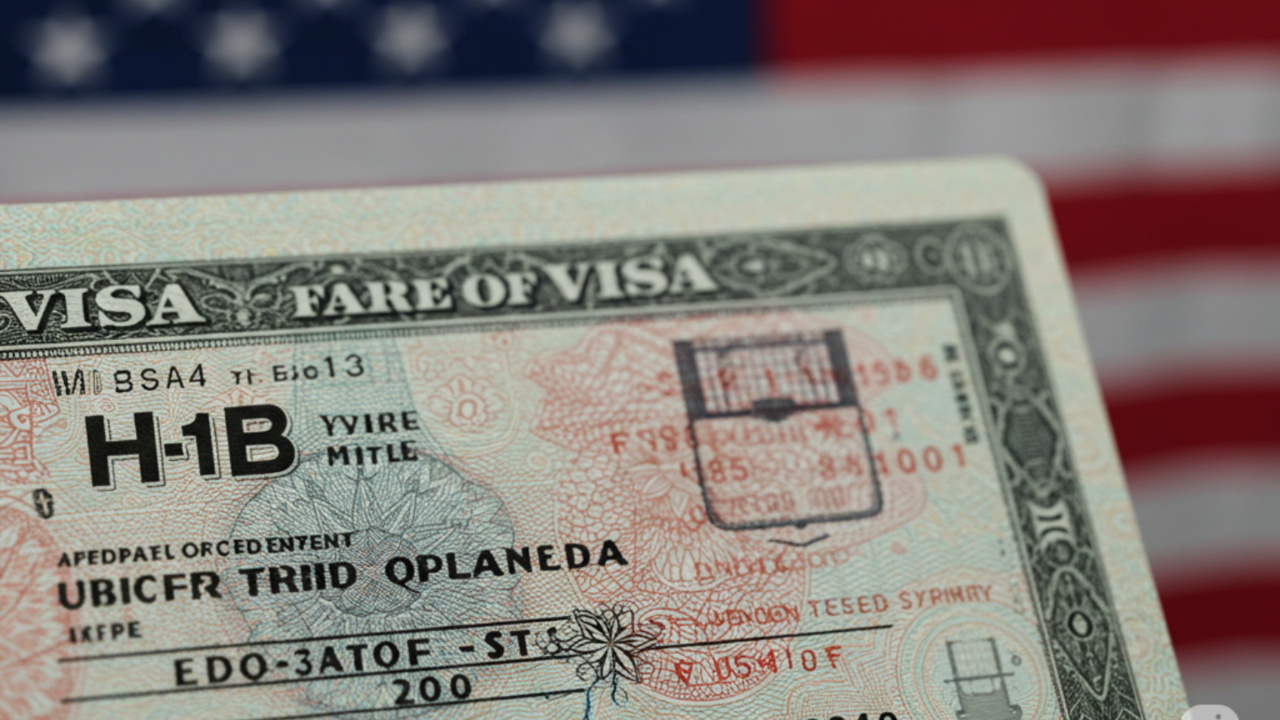Get This Report about L1 Visa
Table of ContentsSome Known Facts About L1 Visa.About L1 VisaAll About L1 VisaThe 8-Minute Rule for L1 Visa10 Simple Techniques For L1 Visa
L-1 visas are readily available to staff members of an international firm with offices in both the United States and abroad. L1 Visa. The visa allows such international workers to relocate to the company's United States workplace after having actually functioned abroad for the firm for a minimum of one continual year within the previous three before admission in the United StatesOne L-1 visa can enable multiple workers entrance right into the United States. Partners of L-1 visa owners are allowed to work without restriction in the US (utilizing an L-2 visa) incident to standing, and the L-1 visa may legitimately be utilized as a stepping rock to a permit under the teaching of double intent.
In 2019, Indian nationals got 18,354 L-1 visas, accounting for 23.8% of all L-1 visas issued in 2019. According to USCIS information, the biggest employers to receive L-1 visas in 2019 were Tata Working as a consultant with 1,542 authorized L-1 visa applications, Infosys with 517, Amazon with 455, Observant with 382, and Deloitte with 305.
Congress developed the L-1 visa in 1970. It was introduced as a "noncontroversial amendment" for multinational American companies. The original visa required that the work period match directly prior to making an application for the business transfer. Congress originally did not define "specialized expertise". In 1980, the State Division released 26,535 L-1 visas.
See This Report on L1 Visa
Major Indian outsourcing firms such as Tata, Infosys, and Wipro increasingly utilized the L-1 copyright team American multinational firms. Half of Tata's employees offered the United States began L-1 visas. The North American Free Trade Contract had provisions pertaining to intracompany transfers in between the united state, Canada, and Mexico.
By 2000, Immigration and National Service recorded 294,658 visa entrances. In 2002, Congress allowed L-1 visa partners, who get on an L-2 visa, the authorization to work easily within the USA. In 2003, the Senate Judiciary Board held a hearing on the L-1 visa. In financial year 2004, the variety of L-1B visas went beyond the variety of L-1A visas.

Applicants that are in the United States at the time of the filing of the I-129 can ask for an adjustment of condition from their existing nonimmigrant status (i.e. site visitor, student, and so on), so long as they remain in condition at the time of the filing of the I-129. If they head out of standing after the declaring, but before authorization, there is no negative repercussion, and the individual does not accumulate unlawful visibility.
Kids of the key L-1 can go to school. The partner of the primary L-1 has an automated right to function in the United States.
More About L1 Visa
An I-797 Notification of Action showing the approval of the visa request does not guarantee that a visa will certainly be provided at the United state

The smart Trick of L1 Visa That Nobody is Talking About
For an L-1 visa candidate, "double Intent" is enabled: unlike some classes of non-immigrant visas (e.g., J-1 visas (L1 Visa)), L-1 candidates may not be denied a visa on the basis that they are an intending immigrant to the USA, or that they do not have a home abroad which they do not mean to abandon
Revival in the United States applies to standing just, not the real visa in the key. copyright renewal, the candidate must go to an U.S
An alien can not leave the United States and after that reenter without a legitimate L-1 visa, and have to appear personally before a consular policeman copyright issuance.
The 20-Second Trick For L1 Visa
A person in L-1 standing usually may function only for L1 Visa requirements the seeking company. If the L-1 worker enters based upon an L-1 covering, nonetheless, it typically is feasible for the employee to be relocated in the exact same capability to any various other related business noted on the covering. The L-1 visa program has been criticized for numerous factors.
In one example, The U.S. Division of Labor fined Electronic devices for Imaging $3,500 for paying its L-1 visa workers $1.21 an hour and working a few of them as much as 122 hours a week. Some sector representatives L1 Visa attorney have accused business of utilizing the L-1 program to change U.S. employees. Detractors and government officials have mentioned just how the visa program does not define "specialized knowledge" for foreign employees in the L-1B visa category.